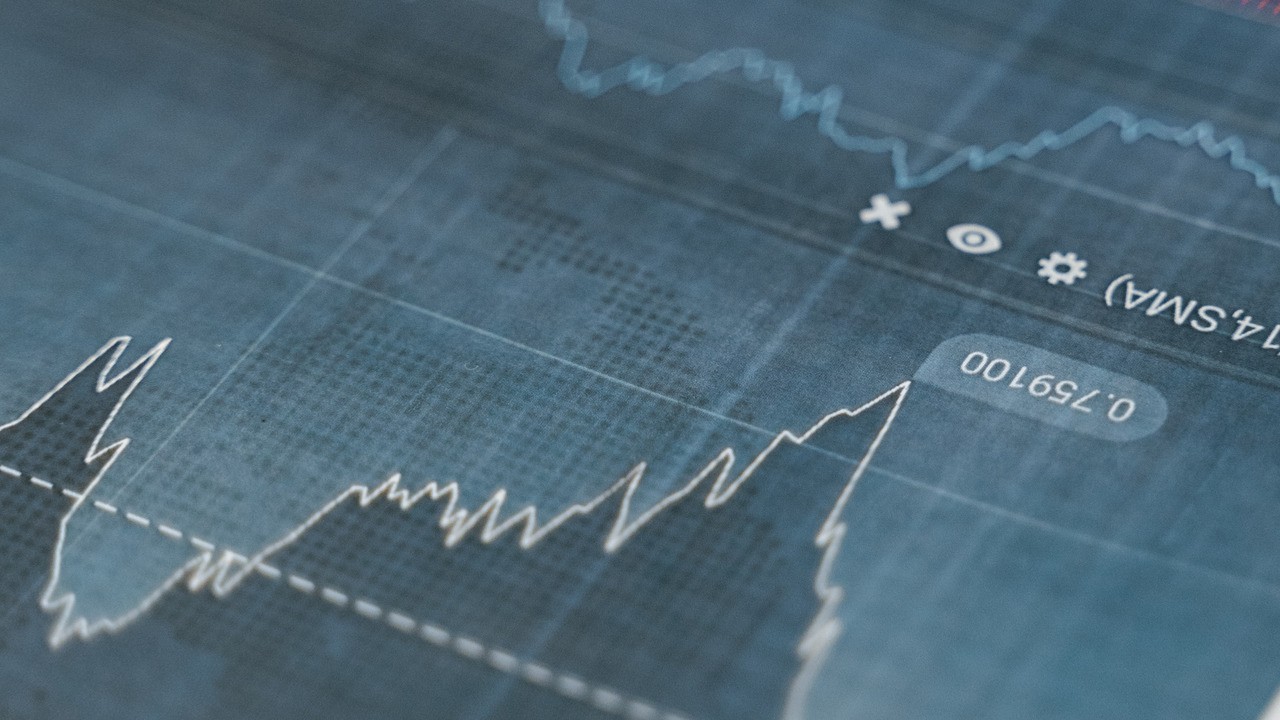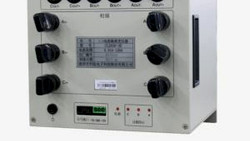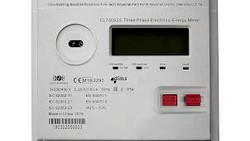The International System of Units (SI) is a globally recognized system for measurement that provides a consistent and uniform approach to quantifying various physical quantities. Within the SI system, metric prefixes are used to denote multiples or fractions of base units, making it easier to express measurements across a wide range of scales. However, the understanding of metric prefixes is often limited.
In the realm of journalism, it is disheartening to observe the frequent mishaps that occur when reporting on numerical values, particularly in the domain of electricity. One prevalent error is the misleading mention of "one million kWh," which is an incorrect representation. The kilowatt-hour (kWh) is already a unit that encompasses a thousand watts over the course of one hour. Therefore, the accurate representation of "one million kWh" should simply be stated as "one gigawatt-hour" (GWh). It is essential for journalists and companies to exercise precision and accuracy when reporting numerical data, ensuring that information is conveyed correctly to foster greater understanding among readers and avoid unnecessary confusion.

(symbol Image, Credit Pexels)
In addition, the disparity between the American and European conventions regarding the term "billion" has led to confusion, particularly when it comes to understanding large numbers. In the American system, a billion is defined as one thousand million (109 equivalent to Giga), whereas in the European system, a billion is understood as one million million (1012 equivalent to Terra). This difference in scale has significant implications when discussing financial figures, scientific measurements, or global statistics. The contrasting definitions of "billion" highlight the importance of clear communication and context, especially when dealing with international audiences.
The Chinese counting system for large numbers is primarily based on the number 10,000. Known as the Wan, this system simplifies the representation of large numerical values by grouping them into multiples of 10,000. In this system, each larger unit of Wan represents ten thousand, while units of smaller numerals signify additional quantities within that ten thousand range. For instance, one Wan equals 10,000, while ten Wan equal 100,000. By including this hierarchical structure based on 10,000, the Chinese counting system allows for ease of representation of extremely large numbers and has been an integral part of the country's numerical tradition for centuries.
To avoid ambiguity, it is crucial for documentation to explicitly state the system being used or employ additional clarifications to ensure a precise understanding of numerical values.
Using the SI metrics has a clear advantage.
SI Metric Prefixes
SI metric prefixes are used to modify the base unit by powers of ten, allowing us to express measurements that are either larger or smaller than the base unit. These prefixes provide a simple way to scale values, making it easier to work with numbers across different orders of magnitude. The table below presents the most common SI metric prefixes for our segment. Comprehensive information, also about the writing conventions, can be found in Wikipedia.
| Prefix | Symbol | Multiplication Factor |
|---|---|---|
| kilo | k | 103 |
| mega | M | 106 |
| giga | G | 109 |
| tera | T | 1012 |
| peta | P | 1015 |
| exa | E | 1018 |
These prefixes can be applied to any SI base unit. Best praxis is to use the next higher prefix when your value has four digits, e.g. 4000 kWh -> 4 MWh. In addition, there is always a space between value and prefix/unit.
Takeaway
Metric prefixes are an essential component of the International System of Units (SI) and allow us to express measurements across a wide range of scales and help to communicate large or small values precisely. The widespread adoption and understanding of SI metric prefixes contribute to the precision and clarity of scientific and technological endeavours.
Editor's note: This article was originally published in July 2023 and has been updated for comprehensiveness.





All comments are moderated before being published. Inappropriate or off-topic comments may not be approved.